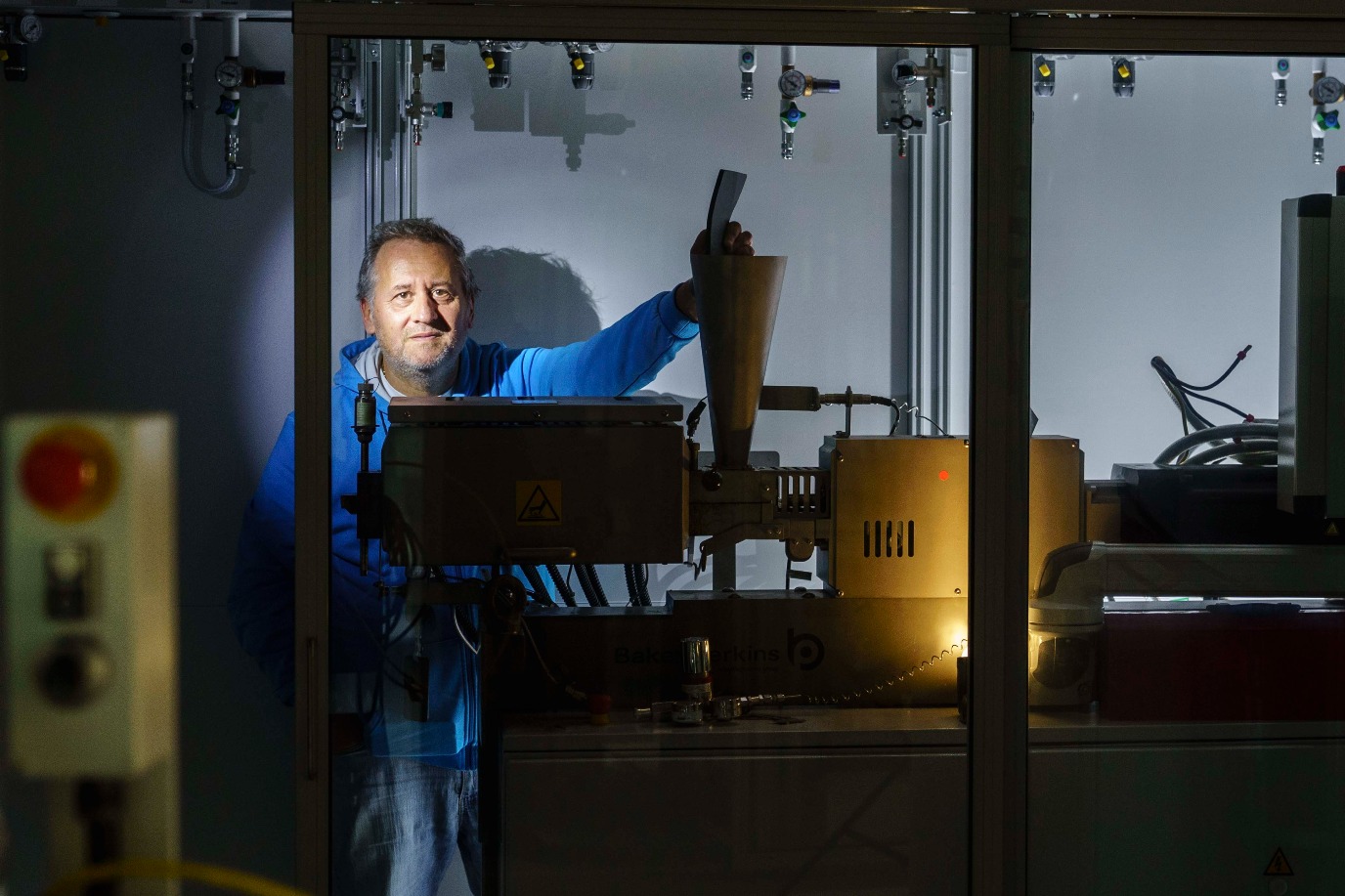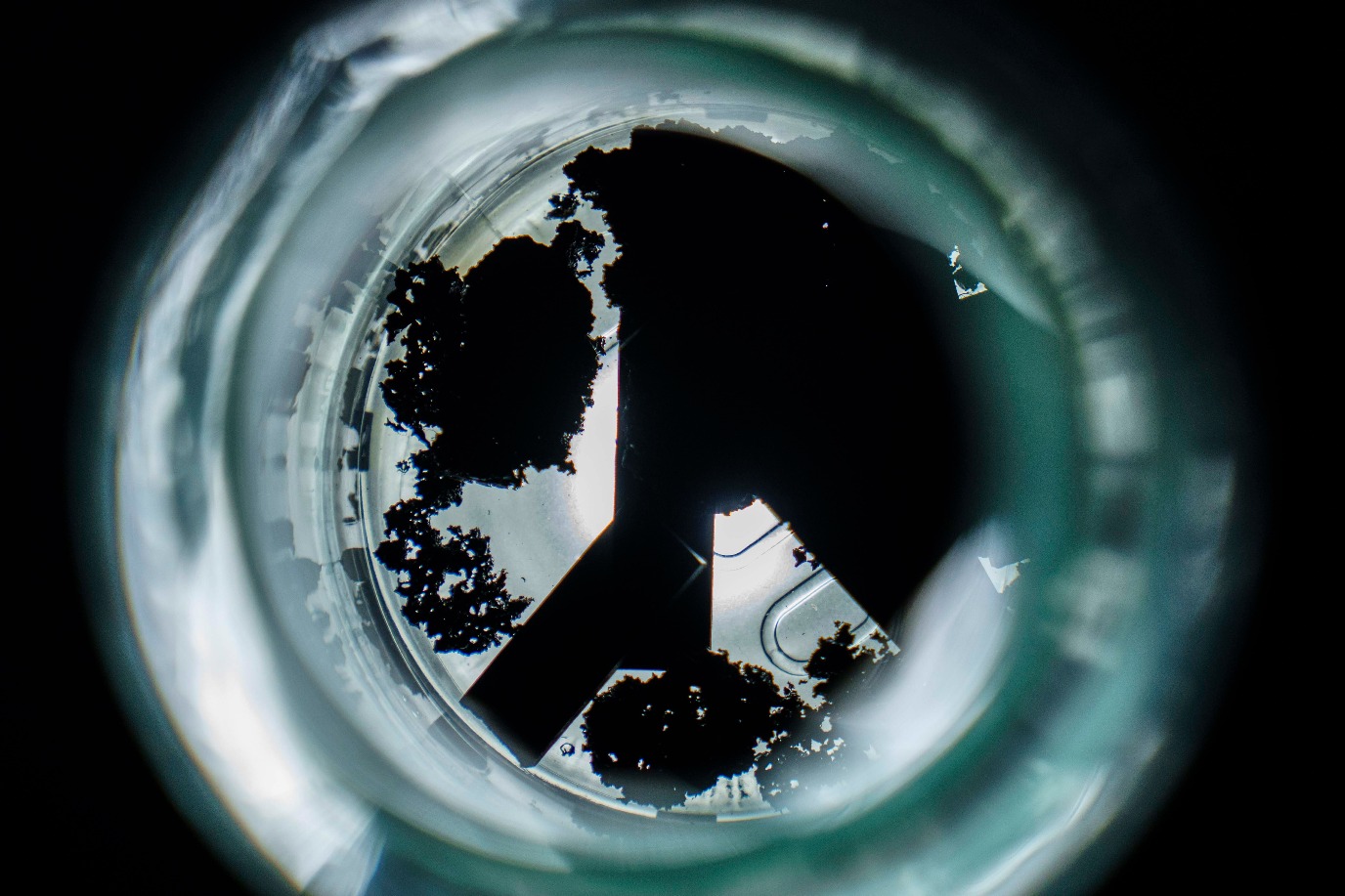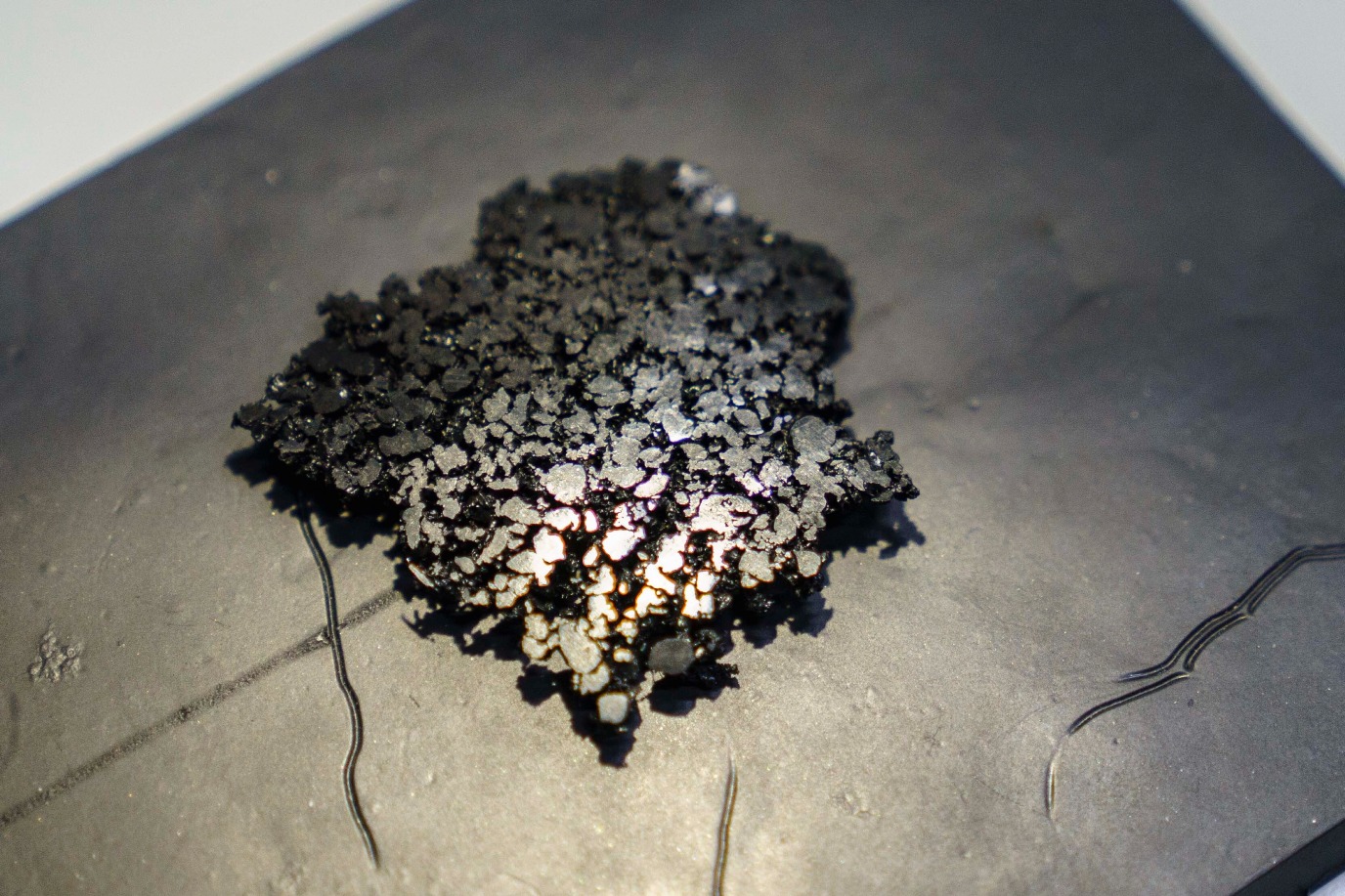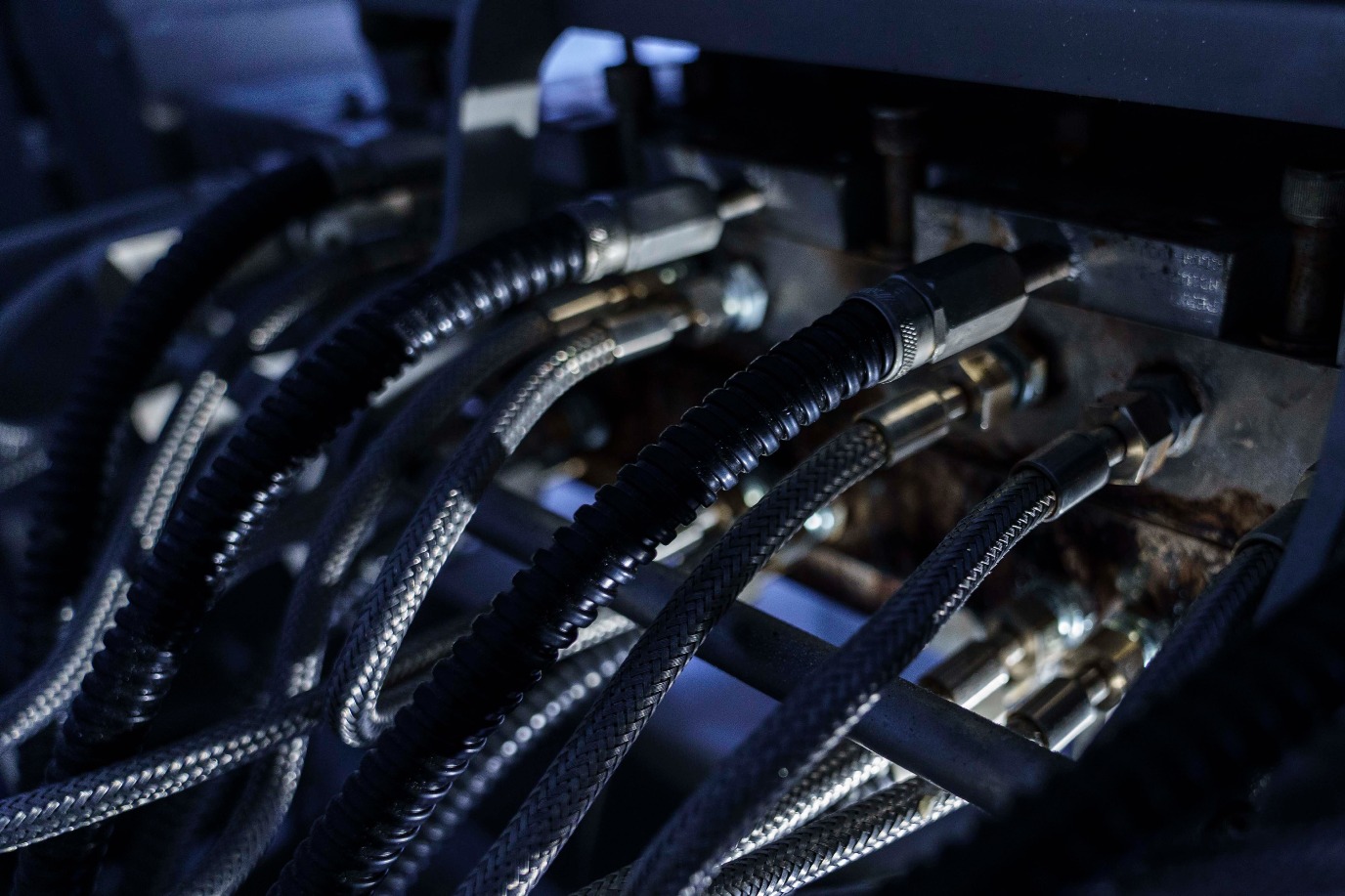How a contrarian cracked rubber recycling
A small company in Grootegast produces bicycle baskets and slippers from recycled rubber. That is remarkable because, until recently, it was impossible to recycle rubber. However, Francesco Picchioni, Professor of Chemical Technology at the University of Groningen, and Ton Broekhuis, now Emeritus Professor, discovered how this could be done.




Virgin rubber, both natural and synthetic, is a sticky, viscous fluid made up of long, spaghetti-like molecules. In the 19th century, Charles Goodyear invented a process to turn this fluid into the rubber we all know now, linking the spaghetti strings with so-called sulfur bridges, a process called vulcanization. ‘When the strings are connected in this way, their movement is limited, which turns the fluid into a stretchable solid,’ Picchioni explains.
To recycle old rubber, the sulfur bridges must be broken. That is very tricky because most methods also break the spaghetti strings. This is a problem, as shorter strings result in lower-quality rubber. Therefore, scientists all over the world have been looking for a method that will break the sulfur bridges while leaving the strings mostly intact.
Picchioni looked at what his colleagues were doing and then decided to go in the opposite direction. ‘I’m a bit of a contrarian,’ he says. ‘If everyone turns to the right, I want to know what happens when I turn left.’ He decided to simply break the ‘spaghetti’ using mechanical force, which resulted in short chains. Then, he added a compound which randomly links the fragments. ‘This produces a sticky, viscous fluid which can be vulcanized, and the result is rubber of almost virgin quality.’
The patented discovery is used by New Born Rubber, a small company in Grootegast. They can already make slippers and bicycle baskets from recycled rubber. ‘I won’t make much money from this discovery, and working on it has even slightly reduced my output of scientific papers. But I have solved a real-life problem, and I’m happy with that.’
Text: FSE Science Newsroom | René Fransen / Photos: Reyer Boxem
Every two weeks, UG Makers puts the spotlight on a researcher who has created something tangible, ranging from homemade measuring equipment for academic research to small or larger products that can change our daily lives. That is how UG researchers contribute to the solutions for big scientific and societal challenges. Previous portraits of Makers can be found on the overview page .
For decades, engineering teaching and research at the UG has been part of a wide array of strong disciplines, and from a national point of view, our collaboration with the four technical universities is becoming more and more intensive.
More information
| Last modified: | 29 January 2025 1.32 p.m. |
More news
-
15 April 2025
1.5 million funding from Province of Groningen for innovative technology in the region
The University of Groningen will receive nearly 1.5 million euros in funding from the Province of Groningen to assist entrepreneurial academic researchers in developing innovative ideas into a startup.
-
15 April 2025
Nathalie Katsonis wins Ammodo Science Award 2025
For her pioneering research on molecular systems, Nathalie Katsonis receives the Ammodo Science Award for fundamental research 2025.
-
15 April 2025
Fundamental research with life-size effects
Nathalie Katsonis has won the Ammodo Science Award for Fundamental Research. She develops adaptive molecular materials and studies the chemical origins of life, which in turn yield insights for vaccines and clearing up oil spills at sea.
